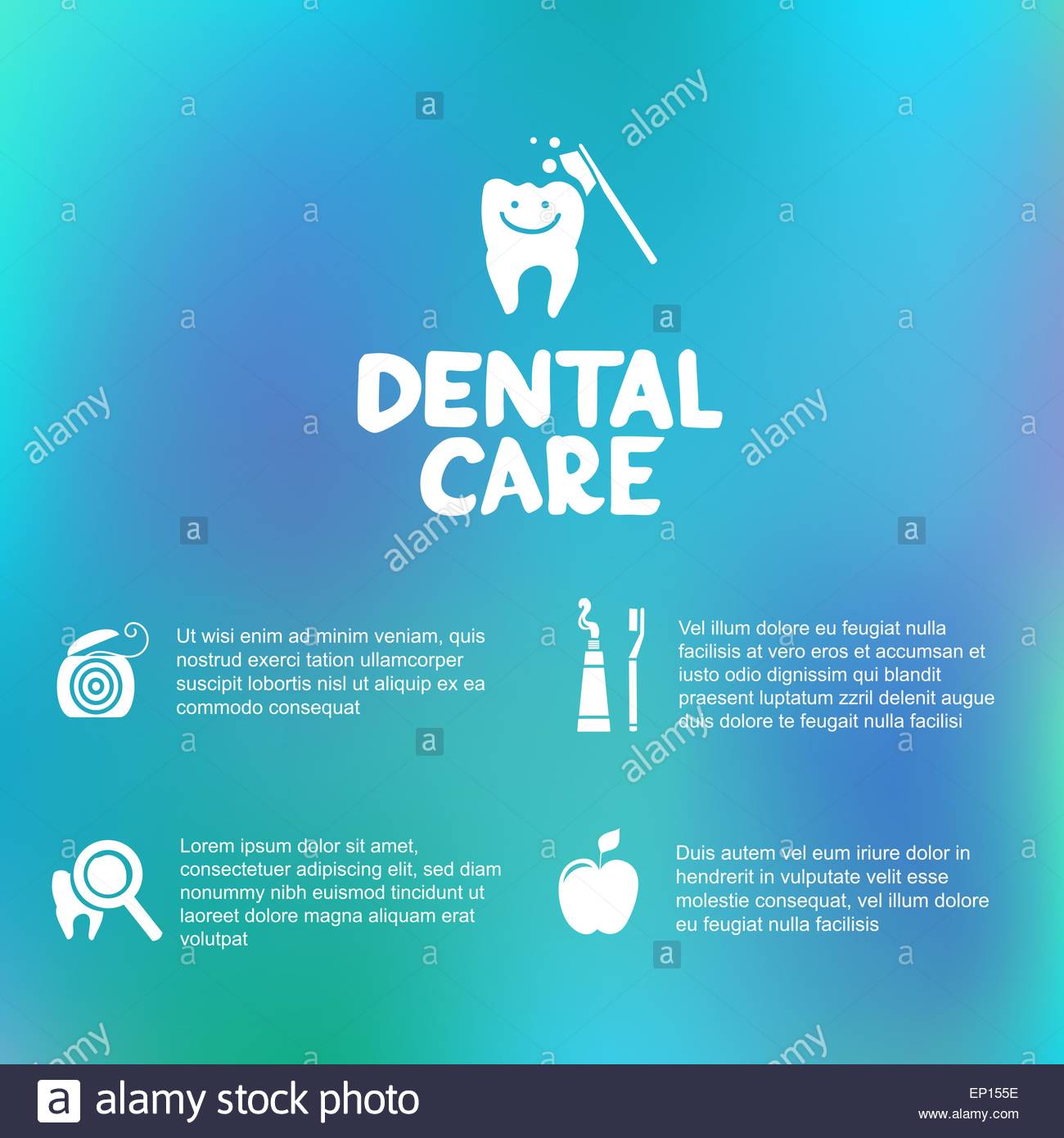Invisalign Vs. Typical Braces: A Detailed Contrast
Invisalign Vs. Typical Braces: A Detailed Contrast
Blog Article
Developed By-Bekker Isaksen
When confronted with the decision in between Invisalign and traditional braces, you might question which choice lines up better with your way of life and choices. The choice involves greater than simply the aesthetic appeal; it explores elements like treatment period, convenience, and lasting dental health results. Consider the impact each option may carry your daily routine and confidence. As we explore the detailed contrast, you'll get understandings right into the subtleties that make these orthodontic therapies unique and discover which one might be the far better fit for you.
Materials and Construction
When comparing Invisalign to conventional dental braces, the products and building and construction differ substantially. Related Web Page contains clear, smooth plastic aligners customized to fit your teeth. These aligners are practically undetectable, making them a preferred option for those seeking a more discreet orthodontic treatment.
On the other hand, traditional braces include steel brackets that are glued to your teeth. These braces are after that linked by wires and elastic band, using stress to progressively shift your teeth into the desired setting.
The building of Invisalign aligners enables an extra comfortable fit compared to typical braces. The smooth plastic material lowers irritation to your cheeks and periodontals, which is a common issue with metal braces and wires. Additionally, Invisalign aligners are detachable, making it less complicated to brush and floss your teeth without any blockages.
On the other hand, conventional dental braces are fixed onto your teeth, requiring added care and time for appropriate maintenance.
Maintenance and Oral Hygiene
The upkeep and dental health methods vary between Invisalign and typical dental braces due to their unique design and building and construction.
With Invisalign, you can eliminate the aligners when consuming or brushing your teeth, enabling you to keep your normal dental hygiene routine with no blockages. It's important to clean your teeth after consuming before putting the aligners back on protect against food particles from getting entraped and causing decay.
On the other hand, conventional braces call for extra attention to keep your teeth tidy. Food particles can conveniently obtain embeded the braces and cords, bring about plaque build-up and potential dental caries. You'll need to utilize unique tools like interdental brushes or floss threaders to tidy between the cables and braces properly.
Normal oral exams and cleansings are important to make certain that your dental health remains in top problem while wearing standard dental braces.
Presence and Looks
Exposure and visual appeals play a considerable duty in the contrast between Invisalign and conventional dental braces. When it involves appearance, Invisalign uses a clear advantage over traditional dental braces. Invisalign aligners are practically invisible, making them a popular selection for those that favor a much more discreet orthodontic therapy option.
Unlike the visible steel braces and cords of typical braces, Invisalign aligners are clear and assimilate with your natural teeth, allowing you to smile with confidence throughout your treatment.
Traditional braces, on the other hand, are much more noticeable due to their metal parts. While some might select vibrant bands to individualize their dental braces, others might really feel self-conscious about the presence of these orthodontic appliances. The popular appearance of conventional braces can in some cases affect an individual's self-confidence, specifically for adults in expert settings.
simply click the next site , when picking between Invisalign and standard dental braces, consider your way of life and preferences. Invisalign provides a very discreet and comfy alternative with very easy maintenance, while traditional braces offer colorful customization but might impact self-worth.
Ultimately, the choice should be based on what works best for you in terms of aesthetic appeals, comfort, and convenience. Make sure to talk to your orthodontist to establish the most suitable therapy for your specific requirements.
